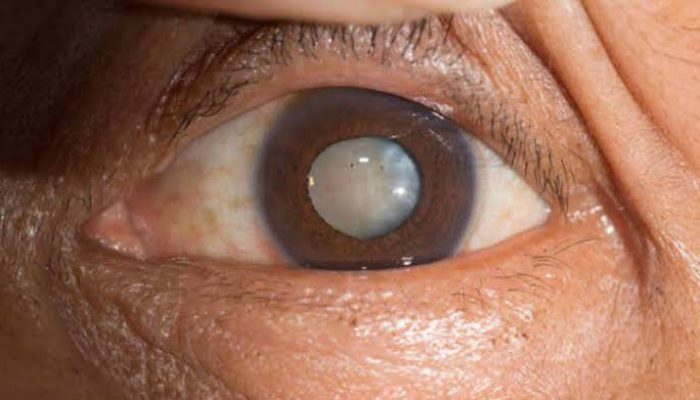The man approached me slowly with the help of his son who was holding one of his hand. Clearly the person was found to be not seeing anything. But he was not blind. He seemed to be a septagenerian old man, a village folk. Questioning revealed that he was gradually losing his sight which he and his family thought natural for an old man like him. I know, for him and millions of fellow poor men and women losing sight is seen as a part of aging process. But the worst part of this story lies elsewhere. These people become invalid and dependent on other members of their family. With no social and financial support they soon become burden for their poverty-stricken family. Menfolk goes out to earn their bread while ladies spent their most of the time in doing household chores with nobody to look after them. These people are thrown into a world of darkness from where they can’t come out to live a dignified life. Life continues for them also but every morning when sun comes out to glow the sky it fails to reach their old, tired, yellow eyes.
Yes this man too had yellow eyes, or should I say yellow cataract. Old, thick cataracts are sitting on both of his eyes, that I found. I was wondering how many millions of my fellow citizens are suffering from cataract which is in layman,s parlance nothing but opacification of lens due to old age. Thanks to various blindness control initiatives taken by government these people know that cataract is curable, if not preventable.
In 1976 the Government of India started a National Program for Control of Blindness and prevention of visual disability. Principal cause of blindness today is cataract. Every effort is being made to strengthen the eyecare services at different levels so that so that curable blindness due to cataract can be completely eliminated by 2020. There are an estimated 12 million blind people in India. According to government data,62.6% of all blindness is due to cataract.So their vision can be restored by a simple catarct operation.Previously local school buildings were used as makeshift hospital where cataracts were operated on in a single day by a group of surgeons. Nowadays government tertiary care hospitals arrange for eye camps in rural health centres to identify those patients and they are brought at government’s expense to the hospital for cataract surgery. Rural government hospitals are playing major role in catching them from hinterland of our country and sending to higher centres like ours for their treatment.
These people comes with lots of silent hope hope to their doctors. Frequently we come across more than one member of same family have arrived with the hope of getting cured. Occasionaly they mention that one person from their village got his vision back so now they want to be next person to be freed from the shackle of visual handicap. Needless to say this confidence of common man on treating physician always keeps us going. Another thing that motivates doctors that these people have nowhere to go. Every other place seems to be costly for them. So this old man, I have mentioned, reaches us with his frail, poverty-stricken hands and sits in front of examination table. The humble question they always throw is such a simple and fundamental one “Will I ever be able to see again?” Now few days after cataract surgery this man comes back to hospital with a smile that no money can buy. The desolate darkness in his eyes have gone forever. He is happy to see his world again. Life has started smearing his eyes with all its rainbow-colours. This is the story of this man only, but of a whole India where millions of old men and women live in this desolate darkness. After losing their dignity and livelihood they suddenly become the number of epidemiological graph or area of our demographic pie chart.
But my experience as an ophthalmologist working in a remote area has taught me that a little compassion and surgery can really help them restoring their vision. My sincere hope is,t his two pronged strategy of continuous awareness programme and timely intervention will bring about more success stories like this. And to say the least, our future days will be full of light, vision and optimism.













